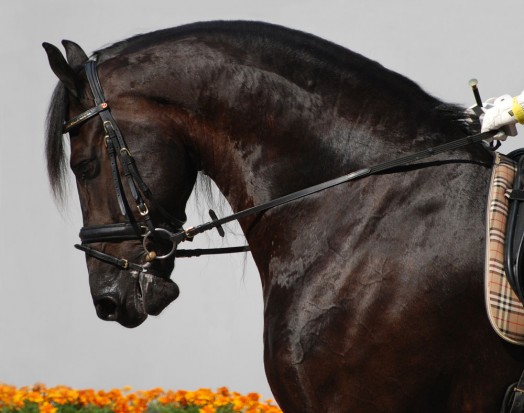
If your dog has anxiety issues, it will be apparent in his behavior. Dogs can act fearful or anxious in a different ways. In mild cases it could appear as simply avoiding eye contact. However, dogs with serious issues typically display behaviors like panting, trembling, tail tucked in, yawning, jumpiness and barking. A dog that is anxious around other dogs may not seem fearful at all to its owners, since such dogs tend to sound loud and aggressive to humans.
It is generally agreed that having your dog experience new people and places in a positive way can reduce the occurrence of anxiety. However, this does not always prevent fearfulness in dogs. Also, many owners adopt rescue dogs who may have already been exposed to events that have contributed to the dog's fearfulness. As one might expect, different dogs with different fears will respond best to different treatments. As a starting point, work with your veterinarian to verify that your dog's fearfulness is not resulting from a physical problem. Remember that in non-severe cases with young dogs, simply having a positive "Don't worry, I can handle whatever happens" attitude can help your dog significantly with his stress. However, some trainers would have you believe that your dog is experiencing anxiety because you are not fulfilling your role as a good "pack leader". For severe cases, simply having a calm positive attitude will not be enough to overcome the problem. Additionally, bear in mind that rewarding calm behavior is encouraged by experts, and one should never punish anxious behavior in a dog. Your dog will grow to associate punishment with whatever is making him anxious, which will only increase the problem.
Which treatments are most effective? Most treatments combine distracting the dog from the anxiety, while using desensitization to gradually reduce the effect of whatever is causing the anxiety. Exposure to the source of the anxiety should be at least initially, minimized, but if it cannot be totally eliminated, getting your dogs attention away from what is bothering him can be very effective. This can be done with treats, or if your dog has had some training, having him follow through on some simple commands will usually serve to distract him. Commands that are well known will give your dog something comfortable to focus on and will usually divert him from the problem. This all works best if you can catch the dog before, or just as he is becoming aware of the source of anxiety. This should be combined with a program to expose your dog to the source of the anxiety in very small doses and very gradually increasing the intensity. A typical example is if your dog fears the sound of thunder, when he is in a relaxed happy situation, play a recording of thunder so softly that it can barely be heard. Continue this over a period of time where the volume is gradually raised until the no negative effects are seen. Patience is the key here. If one goes too quickly for the dog to become desensitized to the stimulus, you will only have to start all over again. Also during this process, the owner or trainer must maintain a positive influence on the dog since we are trying to change the dogs associating something with fear to something that it will associate with positive experience and reward. Perhaps not surprisingly, your veterinarian can help with a number of pharmaceutical treatments. But these are typically used to help ease the dog through non-pharmaceutical treatment of his fear. Sedatives are normally not prescribed since they typically reduce physical activity, but do little to help with anxiety.
In severe cases, it may require a combination of treatments and it may not be possible to completely remove anxious behavior in a dog. However, with patience and continual guidance both you and your dog will be rewarded with positive results.
Scott Clearfield has always been a dog enthusiast and currently has two rescue dogs. Over the years, Scott has learned about dogs and dog training from books, trainers, as well as his own dogs, of course. He always enjoys making happier dogs and dog owners. For more information on training and caring for your dog, please visit => http://www.betterdogsfaster.com
 Horse Bits And Bitting
Horse Bits And Bi
Horse Bits And Bitting
Horse Bits And Bi
 6 Large Domestic Cat Breeds With Wild Relatives
6 Large Domestic
6 Large Domestic Cat Breeds With Wild Relatives
6 Large Domestic
 Get Animal Help from Gofundme to Raise Funds to Pay Pet's Medical Bills
Get Animal Help from Gofundme to Raise Funds to Pay Pet�
Get Animal Help from Gofundme to Raise Funds to Pay Pet's Medical Bills
Get Animal Help from Gofundme to Raise Funds to Pay Pet�
 Geckos And Their Natural Defences
Geckos And Their
Geckos And Their Natural Defences
Geckos And Their
 Training Cats To Stay Off Counters
Why should we cat lovers care about training cats to st
Training Cats To Stay Off Counters
Why should we cat lovers care about training cats to st
Copyright © 2005-2016 Pet Information All Rights Reserved
Contact us: www162date@outlook.com